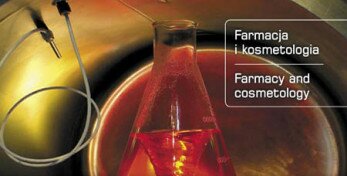Application of nanostructural modification of polymer surface by molecular imprinting with proteins towards increased selective adsorption Ewa NAWROCKA, Barbara WANDELT - Faculty of Chemistry, Department of Molecular Physics, Technical University of Łódź Please cited as: CHEMIK 2011, 65, 2, 98-104 We report here molecular imprinting at a polymeric surface using protein as a template. That was to obtain sensing material being selective in adsorption of protein from environment. Two similar structure proteins: ? - lactalbumin and ovalbumin differing in molecular mass and size of the...
Read more
Application of nanostructural modification of polymer surface by molecular imprinting with proteins towards increased selective adsorption

